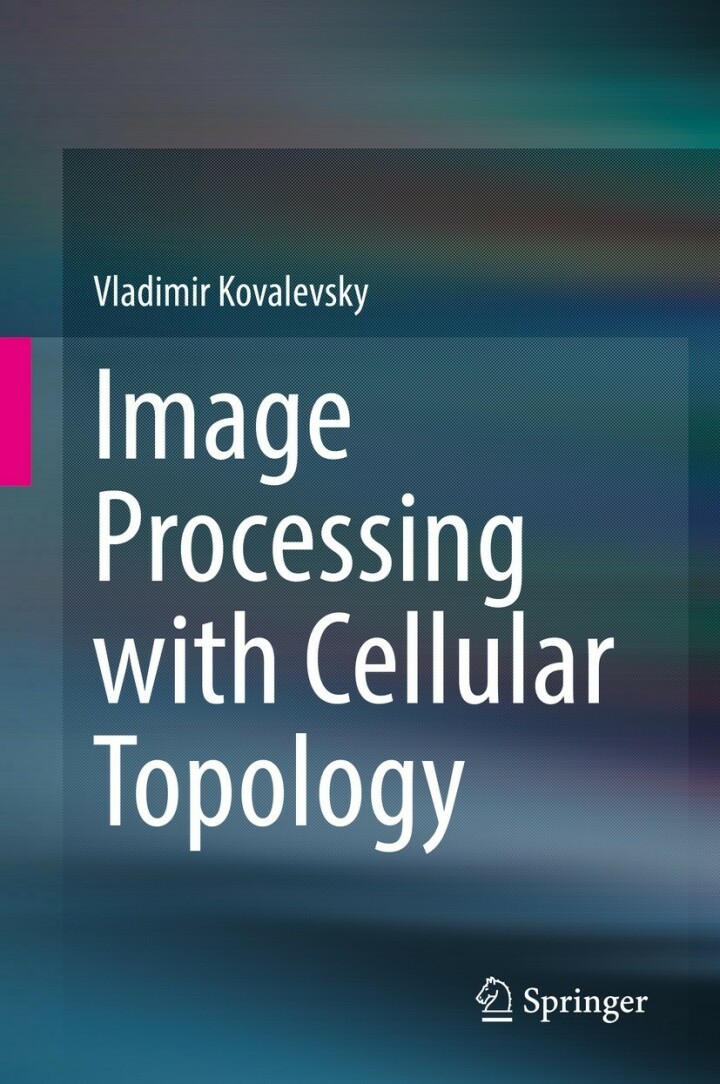Image Processing with Cellular Topology eBook
$149.00 Original price was: $149.00.$31.00Current price is: $31.00.
-
Author(s): Vladimir Kovalevsky
-
Publisher: Springer
-
Print ISBN: 9789811657719, 9811657718
-
eText ISBN: 9789811657726, 9811657726
China Internet Development Report 2018: Blue Book of World Internet Conference eBook
Delivery: Can be download immediately after purchasing. For new customer, we need process for verification from 30 mins to 12 hours.
Version: PDF/EPUB. If you need EPUB and MOBI Version, please send contact us.
Compatible Devices: Can be read on any devices
This book explains why the finite topological space known as abstract cell complex is important for successful image processing and presents image processing methods based on abstract cell complex, especially for tracing and encoding of boundaries of homogeneous regions. Many examples are provided in the book, some teach you how to trace and encode boundaries in binary, indexed and colour images. Other examples explain how to encode a boundary as a sequence of straight-line segments which is important for shape recognition. A new method of edge detection in two- and three-dimensional images is suggested. Also, a discussion problem is included in the book: A derivative is defined as the limit of the relation of the increment of the function to the increment of the argument as the latter tends to zero. Is it not better to estimate derivatives as the relation of the increment of the function to the optimal increment of the argument instead of taking exceedingly small increment which leads to errors? This book addresses all above questions and provide the answers.
This is a digital product.
Image Processing with Cellular Topology is written by Vladimir Kovalevsky and published by Springer. The Digital and eTextbook ISBNs for Image Processing with Cellular Topology are 9789811657726, 9811657726 and the print ISBNs are 9789811657719, 9811657718.


Reviews
There are no reviews yet.